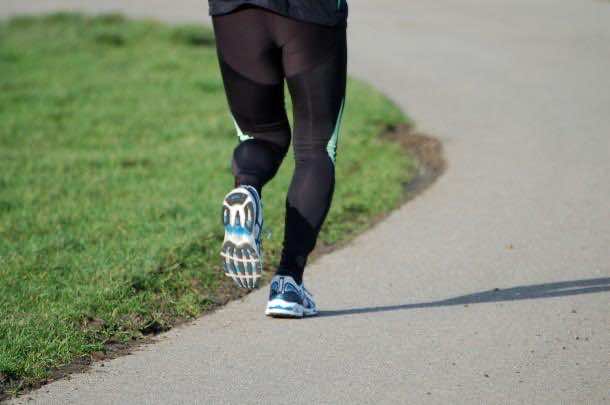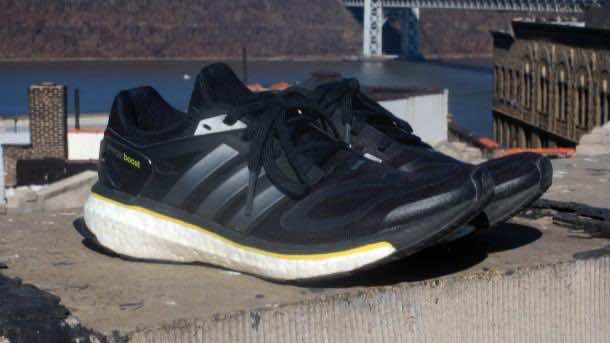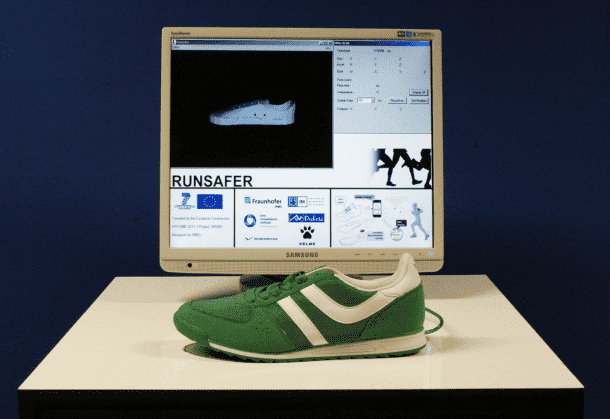 Physical fitness is a must, and among many methods which are used to achieve it, jogging is probably one of the most popular one. However, unless done correctly, Jogging harms more than what it helps you achieve; joint complaints and injuries are usually accompanied with jogging. This issue has lead to the development of a high-tech running shoe by Fraunhofer that has the ability to evaluate a jogger’s running form and technique in real-time.
Physical fitness is a must, and among many methods which are used to achieve it, jogging is probably one of the most popular one. However, unless done correctly, Jogging harms more than what it helps you achieve; joint complaints and injuries are usually accompanied with jogging. This issue has lead to the development of a high-tech running shoe by Fraunhofer that has the ability to evaluate a jogger’s running form and technique in real-time.
According to reports by the Fraunhofer Institute for Photonic Microsystems (IPMS), a total of 10 million people living in Germany jog on a regular basis. However, running novices often risk injuring their ankle joints, pulling ligaments or even breaking bones when they are running on uneven ground or when they are tired. In an effort to combat these problems, they worked with five partners to develop a hi-tech running shoe with sensors in the sole that measure the bio-mechanical data of the athlete and transmits them through Bluetooth to the jogger’s smartphone. Hence, it evaluates the runner’s form with the help of measurements in real time.
Having been developed through “EU Project RUNSAFER,” the concept involves a high-tech running shoe packed with a micro-controller, a radio frequency (RF) module, accelerometers, GPS sensors and a battery.
 Dr. Andreas Heinig, a scientist at IPMS stated that pulse-rate watches and chest straps record the vital signs only, like breathing and heart rate whereas this new running shoe medically evaluates and monitors training while jogging. Acting as a virtual trainer, it lets the runner know about any incorrect foot position or asymmetric loading. In addition, it gives warning signals in case of exhaustion or overload. Much like a physical trainer, the app recommends running speed, and suggests seeking a different running surface or stopping if required.
Dr. Andreas Heinig, a scientist at IPMS stated that pulse-rate watches and chest straps record the vital signs only, like breathing and heart rate whereas this new running shoe medically evaluates and monitors training while jogging. Acting as a virtual trainer, it lets the runner know about any incorrect foot position or asymmetric loading. In addition, it gives warning signals in case of exhaustion or overload. Much like a physical trainer, the app recommends running speed, and suggests seeking a different running surface or stopping if required.
The system is a bit similar to the footwear, ADIDAS f50 football boot, and depicts the possibilities of integrating miniaturized electronics with wearable technology to monitor or augment performance.
What makes the system even more convenient is the fact that it allows data to be transferred to a website for further evaluation; allowing users to customize a training program according to their own specific needs and personalized goals.
 According to the researchers, charging the system is not a hassle. It can be charged easily by placing the soles of the shoes on the charger that comes with it. Moreover, the measurement system can easily be removed from the soles of the shoes and reinstalled as required.
According to the researchers, charging the system is not a hassle. It can be charged easily by placing the soles of the shoes on the charger that comes with it. Moreover, the measurement system can easily be removed from the soles of the shoes and reinstalled as required.
A prototype of the running shoe has successfully been launched but the team is currently working on developing a smaller version of the system. Spanish shoe and sportswear manufacturer New Millenium Sports SL has partnered with the team and, if everything works out according to plan, will be making the footwear to the commercial in early 2015.


